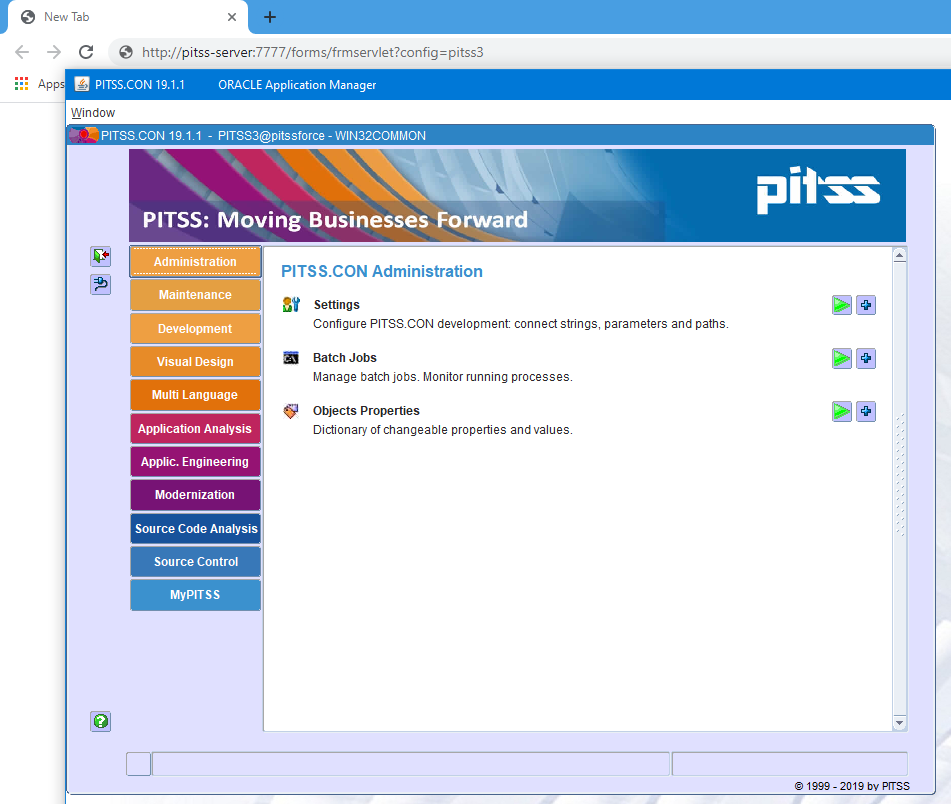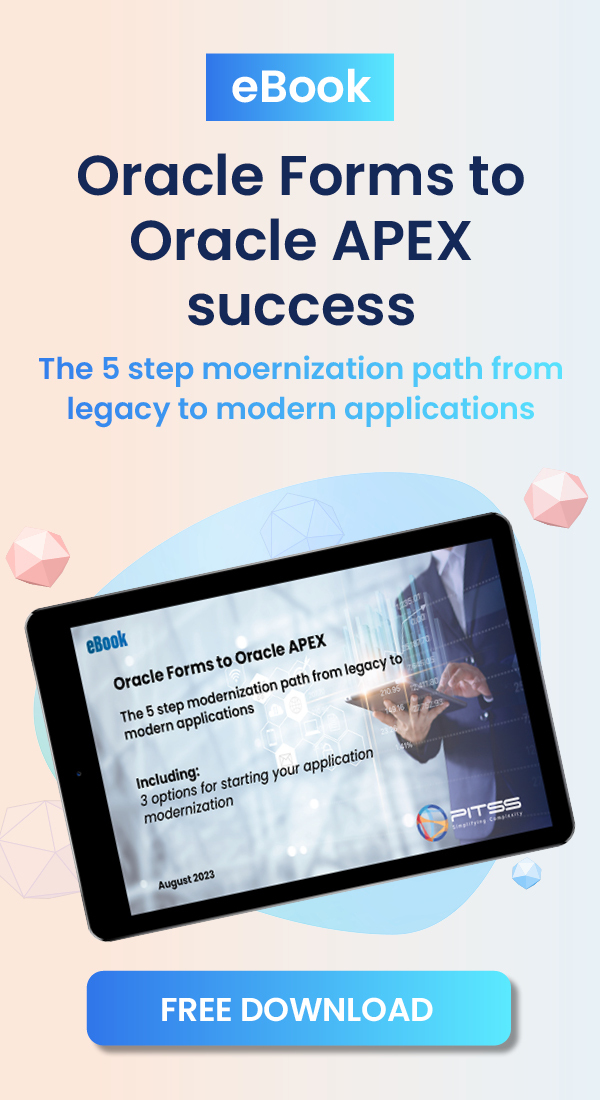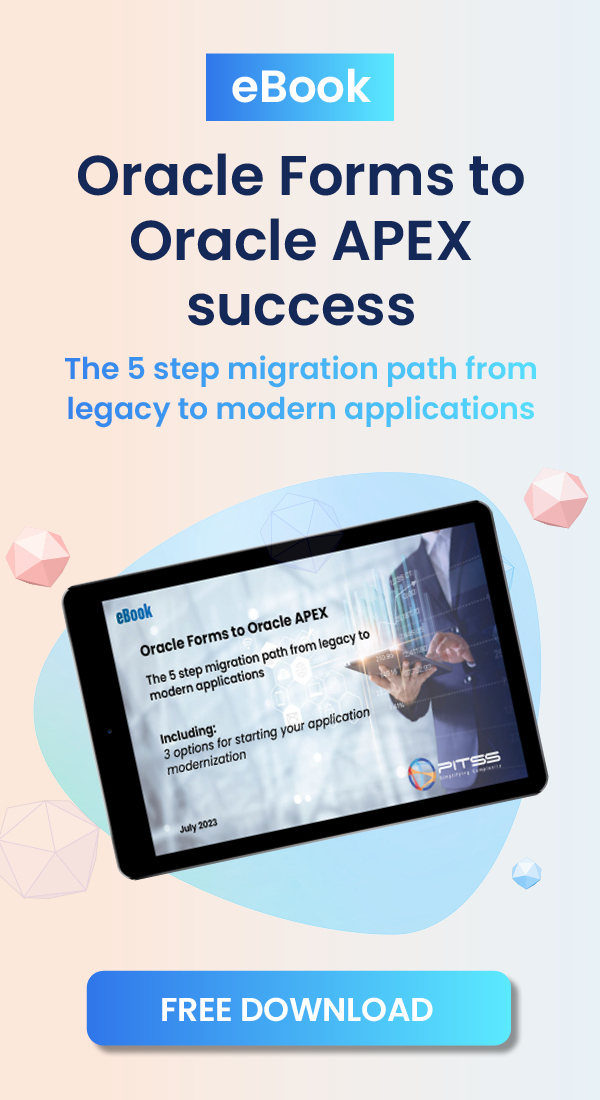Microsoft has just announced that Internet Explorer will be officially retired and taken out of support on June 15, 2022. (NOTE: As of June 17, 2022, the latest Windows Update released in June 2022 has not yet removed Internet Explorer from Windows 10. In addition, clicking on Internet Explorer does not redirect to Microsoft Edge at this time. However, a future Windows Update may change things.) With this announcement, this will mean that Microsoft will no longer be providing monthly security updates to Internet Explorer and that Microsoft will most likely no longer include Internet Explorer in newer Windows 10 releases. Whether Internet Explorer will be fully removed from existing Windows 10 machines via a feature update remains to be seen but is entirely possible. This announcement may potentially impact many businesses and organizations which have a dependency on Internet Explorer. Examples include the ability to run Java applets within the web browser using the NPAPI plugin. Oracle Forms is one of those applications which has relied on using the NPAPI plugin to run Java in the browser. As Firefox, Chrome, and Microsoft Edge, Microsoft’s successor to Internet Explorer, have removed the NPAPI plugin due to security reasons, Internet Explorer has been the only browser which organizations have been able to run Oracle Forms online since 10g. With the end of Internet Explorer – how does it impact Oracle Forms?
For customers running Oracle Forms 12c, the latest and greatest release to date, there are a few easy options which can be done to run Oracle Forms without the need to use Internet Explorer. We will explain more later in this article. However, if you are using Oracle Forms 10g or 11g, this may prove to be a major problem due to the fact that Forms 10g and 11g require the NPAPI plugin to run Forms applications. We will also discuss what you can do if you are using Forms 10g and 11g.
Internet Explorer Mode and Its Potential Flaws with Oracle Forms
Microsoft did announce that Microsoft Edge does come with an Internet Explorer mode (similar to how Windows 7 once had Windows XP Mode to run programs only compatible with Windows XP). We did a test to see if the Internet Explorer mode would be able to run Oracle Forms in the web browser using the NPAPI plugin. While we did notice that Oracle Forms was indeed able to run using Internet Explorer mode, we did notice some flaws:
- Internet Explorer mode is NOT enabled by default. This has to be manually enabled in the Edge browser settings for each user.
- The only way to run a webpage including Oracle Forms is to first run the Oracle Forms URL in Edge which will present a blank page. The user has to manually go into the menu for Edge and go into More Tools. The user must then click on “Reload in Internet Explorer mode” to re-load the application using Internet Explorer mode. The Oracle Forms application will now run normally.
- If the end user either closes out of the Forms application or is kicked out due to an error (FRM-92103, FRM-93652, etc.) and then tries to run the URL again to go back into Forms, the user has to experience the blank page again and then re-do the step to reload the page in Internet Explorer mode.
This may prove to be very tedious for an end user to run Oracle Forms in the web browser. In addition, due to Internet Explorer having many security flaws compared to other browsers as noted in TechCrunch’s article, there may always be a possibility that running applications using Internet Explorer mode could lead to security problems due to possibly security loopholes. After all, Internet Explorer mode is basically running Internet Explorer within Microsoft Edge. This is the same as being able to run a fully-functional Windows XP environment in XP Mode within Windows 7.
Alternative Ways for Launching Oracle Forms
Due to the NPAPI plugin being removed from all web browsers except for Internet Explorer, Oracle came up with two methods to launch Oracle Forms: Forms Standalone Launcher (FSAL) and Java Web Start (JWS). These methods allow users to launch Oracle Forms without the need to use Internet Explorer. This means that end users will be able to either launch Oracle Forms applications using web browsers such as Chrome, Edge, and Firefox or launch the applications using a script accessible on the desktop. For Oracle Forms 12c customers, these options are already available to be used:
Forms Standalone Launcher
Forms Standalone Launcher (FSAL) is a browser-less solution which allows you to run your Oracle Forms applications without needing to use a web browser. Users may be able to access the application by either running a command from Command Prompt or by running a CMD script on the desktop similar to the days when Oracle Forms was a client/server application back in the Forms 6i days. For future Oracle Forms releases, Oracle has stated that FSAL will eventually be the primary way of launching Oracle Forms applications. More information on how to set up FSAL may be found in our article here.
Java Web Start
Java Web Start (JWS) is a more secure way of running your Oracle Forms applications compared to the now deprecated plugin option. With JWS, you can launch your Oracle Forms application by downloading or running a JNLP file using Java Web Launcher. There are a couple available options for running Java Web Start: from a web browser and from an already downloaded JNLP file. More information on how to set up Java Web Start may be found in our article here. In addition, information on how to run JWS in the web browser may be found here.
What To Do If You Are Using Oracle Forms 10g or 11g
Unfortunately if customers are using Oracle Forms 10g or 11g, neither Forms Standalone Launcher nor Java Web Start are supported and configured with these releases. As a result, the best way to be able to continue running Oracle Forms is to upgrade to Forms 12c. PITSS’ tool PITSS.CON is able to easily analyze how much effort it will take to upgrade Oracle Forms from 10g or 11g to 12c. From there, PITSS.CON can quickly and efficiently upgrade all forms and reports to 12c so that customers may take advantage of using Forms Standalone Launcher or Java Web Start. PITSS has worked with numerous customers with their upgrading needs as quickly as possible.
In addition, other technologies such as Oracle Application Express (APEX) are alternatives to Oracle Forms which allow support with all modern web browsers. APEX is built on PL/SQL which is the same language used by Oracle Forms. PITSS.CON as well as PITSS’ new product, Forms Replacer Kit, are also able to assist with facilitating the migration efforts of an Oracle Forms application to APEX. One key thing to note is that any version of Oracle Forms (6i, 10g, 11g, or 12c) can be migrated to APEX. APEX applications are able to be run within any web browser including but not limited to Chrome, Edge, and Firefox. More information regarding Oracle Forms to APEX migrations may be found in our article here.
Please do not hesitate to contact PITSS today to learn more.
Sources:
- https://blogs.windows.com/windowsexperience/2021/05/19/the-future-of-internet-explorer-on-windows-10-is-in-microsoft-edge/
- https://techcrunch.com/2021/05/20/so-long-internet-explorer-and-your-decades-of-security-bugs/
- https://www.oracle.com/technetwork/developer-tools/forms/documentation/fsal-security-4438382.pdf


